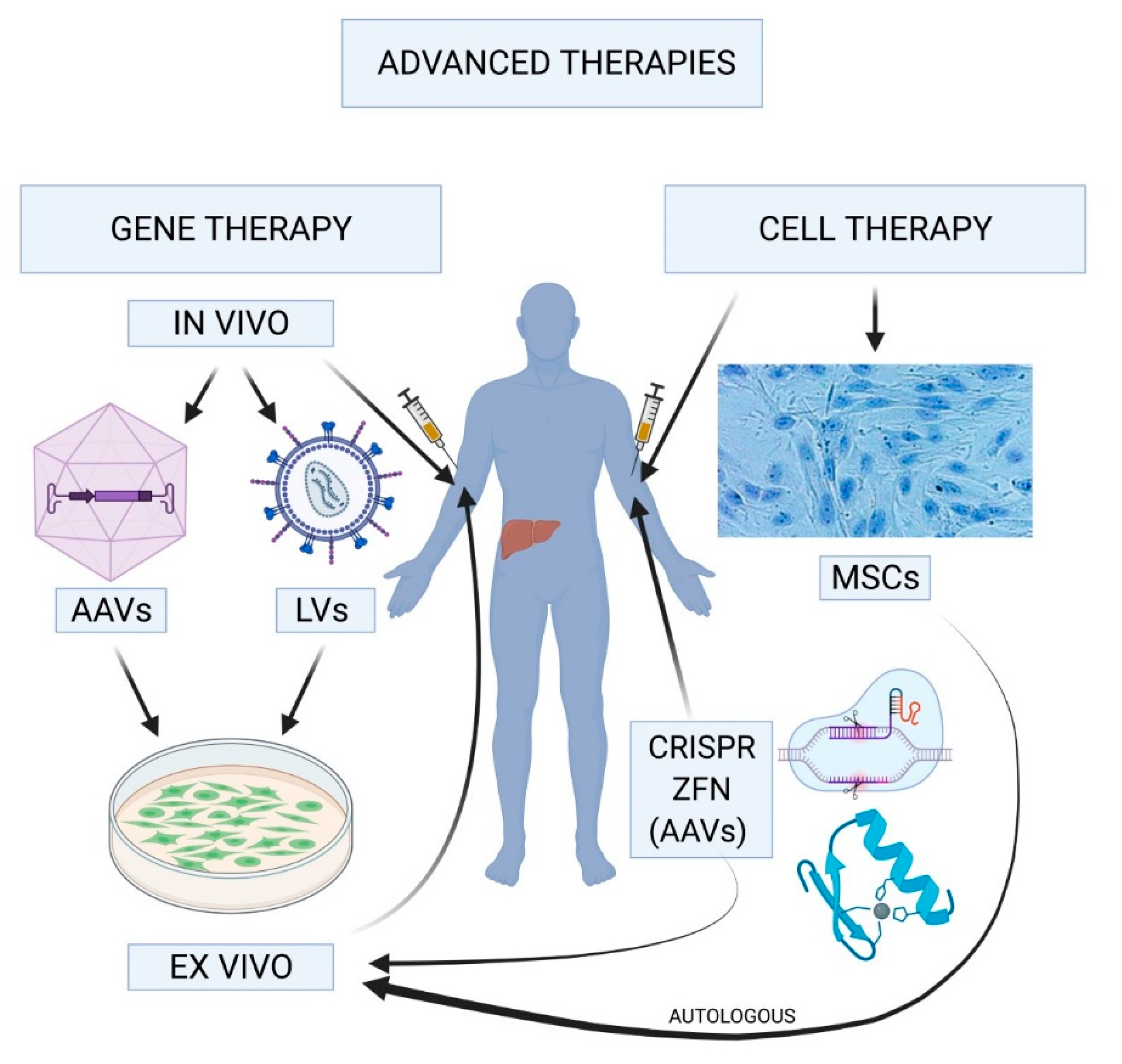Gene editing has emerged as a revolutionary tool in modern science, offering the promise of rewriting genetic destinies and combating genetic diseases. At the forefront of this groundbreaking field are techniques like CRISPR technology, base editing, and prime editing, which provide unprecedented abilities to modify genetic material. These advancements are not only reshaping the landscape of gene therapy but are also enabling researchers to address previously untreatable conditions. As scientists explore the potential of these innovative methodologies, the potential for eradicating hereditary diseases appears increasingly within reach. The ability to correct specific genetic mutations represents a significant leap forward in our quest for effective treatments and improved human health.
The manipulation of genetic material to enhance health outcomes, commonly referred to as genetic modification or genome editing, is transforming our approach to treating illnesses. With the advent of strategies such as base editing and prime editing, researchers are equipped to precisely alter DNA sequences and correct mutations that lead to various genetic disorders. These methods have opened new avenues for developing effective therapies, especially for conditions that were once seen as hopeless. The synergy of technology and biology is paving the way for innovative solutions in medicine, promising a future where the impact of genetic diseases can be mitigated or even eliminated. As we delve deeper into the realm of genetic engineering, the potential implications for human health and disease management are profoundly significant.
The Revolutionary Impact of Gene Editing
Gene editing has emerged as a transformative approach in modern medicine, particularly in the treatment of genetic diseases. At the forefront of this revolution is CRISPR technology, which utilizes a bacterial immune mechanism to edit DNA with unprecedented precision. However, pioneering scientists like David Liu have gone beyond CRISPR to develop innovative techniques such as base editing and prime editing. These methods allow for targeted alterations at the nucleotide level, offering hope for patients with various genetic disorders.
The implications of these advancements are profound. Take, for example, Alyssa Tapley, whose life was dramatically changed thanks to a novel base editing trial that successfully targeted her T-cell leukemia. Her case highlights the potential of gene editing not only to treat but also to potentially cure previously untreatable conditions. As more clinical trials are implemented, the promise of gene therapy becomes clearer, raising important ethical and regulatory discussions around the accessibility and safety of these treatments.
Understanding Base Editing and Its Applications
Base editing represents a significant leap in gene editing techniques, allowing for the alteration of individual DNA bases without the need for double-stranded breaks. This innovation is particularly critical for correcting point mutations that are commonly responsible for genetic diseases. By modifying the chemical structure of one base into another, base editing holds the potential to effectively treat conditions like sickle-cell anemia and cystic fibrosis, which arise from small genetic changes.
What sets base editing apart from traditional CRISPR methods is its precision and reduced risk of unintended mutations. Liu’s approach not only addresses specific genetic corrections but also minimizes off-target effects that have previously been a concern in gene editing. As research progresses, the potential applications of base editing could extend to broader areas of medicine, fostering the development of personalized therapies that target the unique genetic profile of each patient.
Prime Editing: The Future of Gene Correction
Prime editing is often described as a ‘word processor’ for DNA, offering a remarkable new tool for precise editing of genetic material. Unlike traditional methods, which often rely on cutting DNA strands, prime editing enables scientists to ‘search and replace’ genetic sequences with high fidelity. This means that not only can existing mutations be corrected, but entirely new sequences can also be inserted, paving the way for a new era in genetic therapies.
The introduction of prime editing has generated excitement in the scientific community, with ongoing clinical trials examining its efficacy across various diseases. The potential to resolve complex genetic disorders that were previously deemed non-correctable positions prime editing as a powerful ally in the fight against genetic diseases. As researchers like Liu and his team push the boundaries of this technology, there is a growing optimism that gene editing will soon provide effective solutions for individuals afflicted by hereditary conditions.
CRISPR Technology: A Foundation for Modern Gene Therapy
CRISPR technology has fundamentally altered the landscape of gene therapy by providing a mechanism for precise DNA manipulation. Initially discovered as a defense mechanism in bacteria, CRISPR has evolved into a versatile tool for genetic research and treatment. By harnessing this technology, scientists are now able to edit genes with remarkable accuracy, setting the stage for transformative therapies that could alleviate a multitude of genetic diseases.
The versatility of CRISPR has led to a myriad of applications, from agricultural enhancements to groundbreaking medical breakthroughs. With ongoing enhancements such as base editing and prime editing building upon the CRISPR framework, the potential for treating genetic disorders becomes more practical every day. However, as this technology progresses, careful consideration must be given to ethical and societal implications, ensuring that advancements benefit all segments of society.
Addressing the Challenges of Genetic Diseases
Genetic diseases impact hundreds of millions of people globally, leading to serious health complications and affecting quality of life. Traditional treatment methods have often fallen short, emphasizing the urgent need for effective and innovative solutions. Gene editing holds the promise of not just treating symptoms but potentially eradicating the root causes of these ailments, thus revolutionizing patient care.
Moreover, as gene editing technologies like base and prime editing advance, researchers are making strides toward safer and more effective therapies. However, the scale of genetic diseases necessitates a comprehensive approach, including public education, ethical governance, and equitable access to treatments. Collaborative efforts among scientists, healthcare providers, and policymakers are vital to ensure that the full benefits of gene editing are realized and responsibly implemented.
The Role of Basic Science in Genetic Research
The groundbreaking advancements in gene editing stem from deep roots in basic scientific research. The journey from initial curiosity about DNA sequences in E. coli to the development of CRISPR and sophisticated editing techniques illustrates the importance of foundational knowledge. Basic science provides the necessary framework for understanding complex biological mechanisms, leading to innovations that have the potential to change lives.
Researchers like David Liu emphasize that the essence of basic science lies in exploration without immediate application in mind. This unrestricted inquiry enables scientists to uncover new findings that can eventually lead to transformative medical breakthroughs. The evolution of gene editing technologies exemplifies how curiosity-driven research can converge with clinical applications, underscoring the importance of investing in basic science for future advancements.
Ethical Considerations in Gene Editing Technologies
As gene editing technologies evolve, so too do the ethical considerations surrounding their application. The ability to make precise modifications to the human genome raises profound questions about the implications of such actions. Issues of consent, potential misuse, and the socio-economic divide in access to these therapies are critical discussions that must be addressed as we progress into this new frontier of genetics.
Responsible governance will play a crucial role in shaping the future of gene editing. As science continues to push the boundaries of possibility, regulations must adapt to ensure that therapeutics are developed safely and equitably. Engaging diverse stakeholders in these discussions will help shape a framework that prioritizes human rights while fostering innovation, ultimately guiding gene editing toward its most beneficial and ethical applications.
The Global Landscape of Gene Editing Research
Gene editing research is a global endeavor, with institutions and organizations from around the world contributing to advancements in this field. Collaborative efforts among researchers across borders enable the sharing of knowledge and resources, accelerating the pace of discovery. Countries are recognizing the significance of gene editing, investing in research initiatives that aim to tackle significant health challenges posed by genetic diseases.
However, this global landscape also presents challenges, including variability in regulations and ethical standards. The establishment of international guidelines will be essential in promoting responsible research practices while encouraging innovation. By fostering global partnerships and open dialogue, the scientific community can guide the future of gene editing to ensure that its benefits are realized on a worldwide scale.
Looking Ahead: The Future of Gene Editing
The future of gene editing holds immense promise, with ongoing research poised to unveil new treatments that transform the lives of individuals with genetic conditions. As technologies like base editing and prime editing are refined and optimized, we are likely to see an expansion in the range of treatable diseases, offering hope to many who have long suffered.
Nonetheless, this hopeful future must be balanced with careful consideration of the ethical landscape. As gene editing progresses, it is vital to cultivate a responsible framework that addresses potential risks and promotes equitable access. Through continuous dialogue and collaboration, scientists and policymakers can navigate the complexities of gene editing, ensuring that this powerful tool is used to enhance health and well-being for all.
Frequently Asked Questions
What is gene editing and how does it relate to genetic diseases?
Gene editing is a revolutionary technology that allows scientists to modify an organism’s DNA. This is particularly significant in the treatment of genetic diseases, where gene editing techniques such as CRISPR technology, base editing, and prime editing can correct mutations that cause illness, potentially offering cures for conditions previously deemed untreatable.
How does CRISPR technology work in gene editing?
CRISPR technology utilizes a natural defense mechanism in bacteria, where DNA is cut and modified to disable viruses. In gene editing, CRISPR is employed to precisely cut the DNA at targeted locations, enabling the addition, removal, or alteration of genetic material, which is essential for correcting genetic diseases.
What are the advancements of base editing in gene therapy?
Base editing is a groundbreaking advancement in gene therapy that allows for the targeted conversion of one DNA base into another without breaking the DNA strand. This precision makes it a promising approach for correcting the most common types of mutations that lead to genetic diseases, helping to rewrite the genetic code and restore normal function.
What is prime editing and how does it differ from traditional gene editing?
Prime editing is often described as a ‘word processor’ for DNA because it allows for more nuanced editing compared to traditional methods like CRISPR. While CRISPR cuts the DNA, prime editing can search and replace specific DNA sequences, making it an innovative tool for correcting a wider variety of genetic mutations that cause diseases.
Can gene editing technologies like CRISPR and base editing be used to treat cancer?
Yes, gene editing technologies such as base editing have shown promise in treating certain cancers, including T-cell leukemia. Clinical trials utilizing these approaches have yielded positive outcomes, showcasing their potential to not only disrupt cancer cells but also engage the body’s immune system to fight the disease.
What are the ethical considerations surrounding gene therapy and gene editing?
The rise of gene editing and gene therapy brings forth significant ethical considerations, including the potential for unintended consequences in the genome, equity of access to these therapies, and the moral implications of altering human DNA. These factors necessitate careful oversight and robust public discourse as the technologies advance.
How many clinical trials are currently using base editing and prime editing?
As of now, there are at least 18 clinical trials worldwide employing gene editing techniques like base editing and prime editing to address a variety of genetic diseases. These trials aim to evaluate the safety and efficacy of these innovative therapies in real-world conditions.
What is the future potential of gene editing technologies for treating genetic diseases?
The future of gene editing technologies such as CRISPR, base editing, and prime editing appears promising, with ongoing research expanding their applications. These advancements have the potential not only to correct mutations that lead to genetic diseases but also to provide long-lasting solutions, paving the way for disease eradication in some cases.
| Key Points | Details |
|---|---|
| Alyssa Tapley’s Story | At 13, Alyssa was treated using base editing for T-cell leukemia, marking a breakthrough in gene editing science. |
| David Liu’s Contribution | David Liu, a leading scientist, developed base editing technology that focuses on the four nucleotide bases of DNA to correct mutations. |
| Limitations of CRISPR | Traditional CRISPR-Cas9 can disrupt genes but struggles with correcting mutations—base editing and prime editing address this. |
| Prime Editing | Prime editing is likened to a word processor for DNA, allowing precise edits beyond basic nucleotide substitutions. |
| Current Clinical Trials | There are at least 18 clinical trials using base or prime editing with patients showing promising results. |
| Importance of Basic Science | Research that began with observing bacterial DNA, which eventually led to CRISPR technologies and their applications in gene editing. |
| Future Challenges | Concerns exist regarding the support for young scientists and the future collaboration between academia and federal agencies. |
Summary
Gene editing represents a frontier in modern medicine, where innovative techniques like base and prime editing are revolutionizing the treatment of genetic diseases. With success stories like Alyssa Tapley’s, these advancements not only showcase the ingenuity of scientists like David Liu, but also highlight the importance of robust research practices that connect scientific inquiry to real-world health solutions. As clinical trials expand, the potential for curing genetic conditions seems closer than ever, but ongoing support for scientific research remains critical to ensure future breakthroughs.



